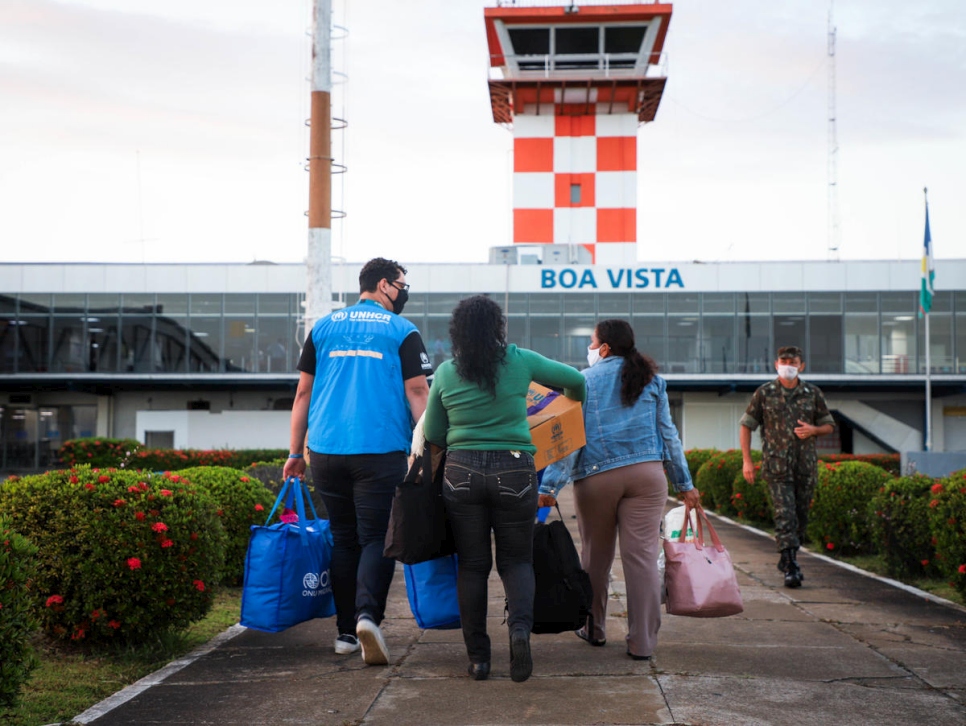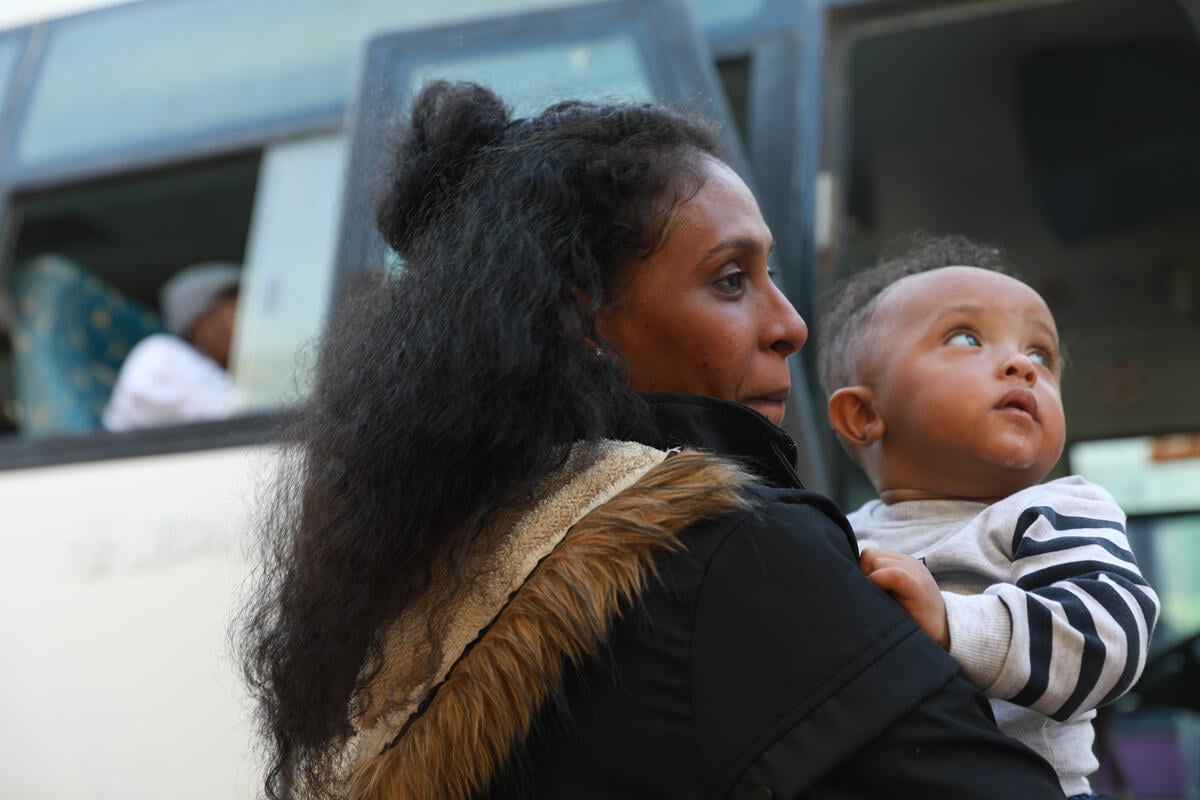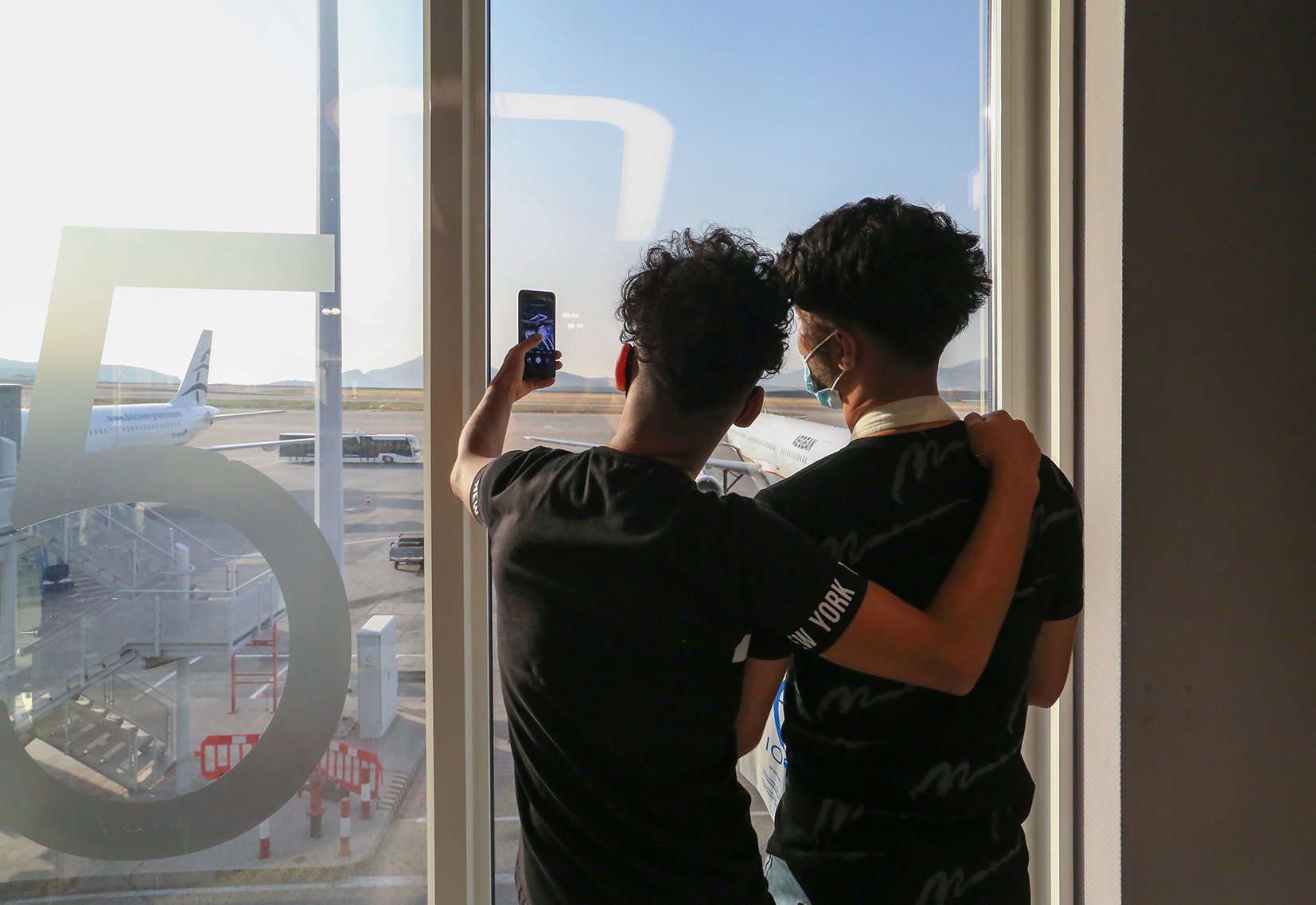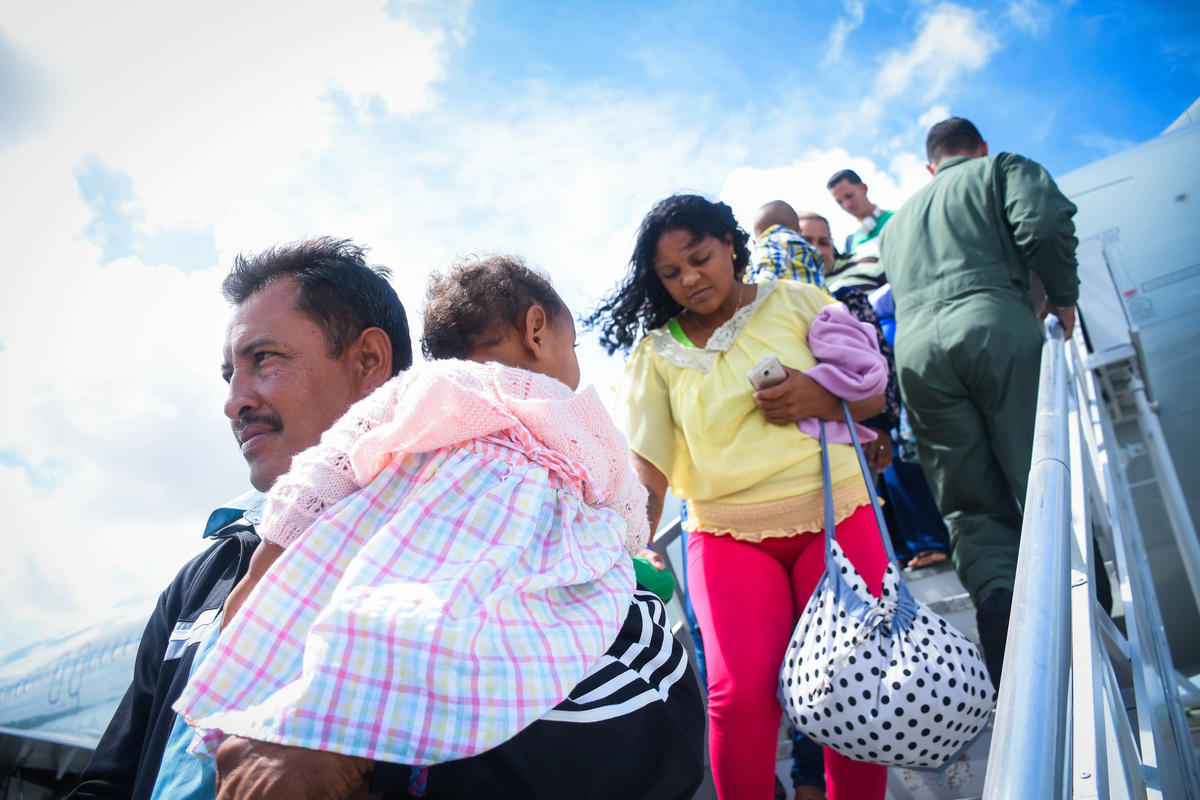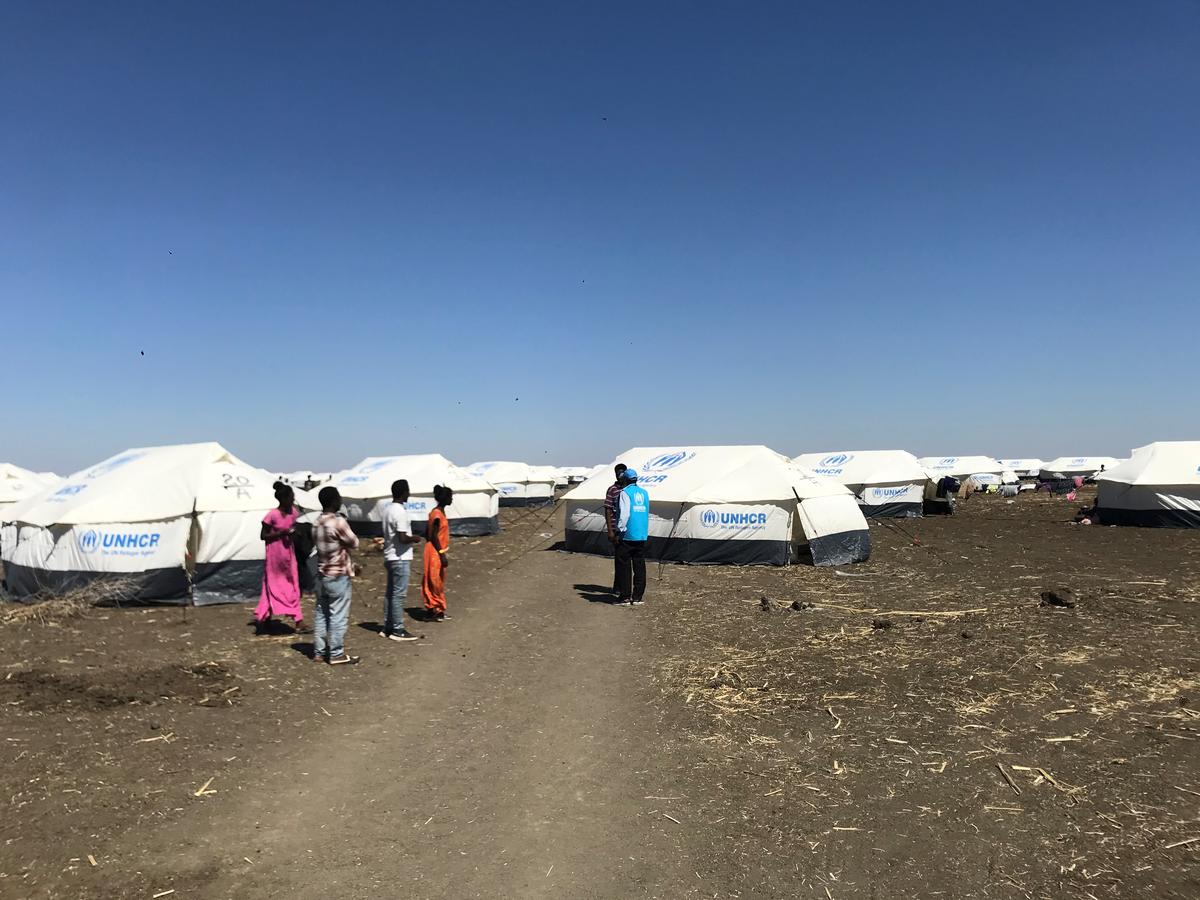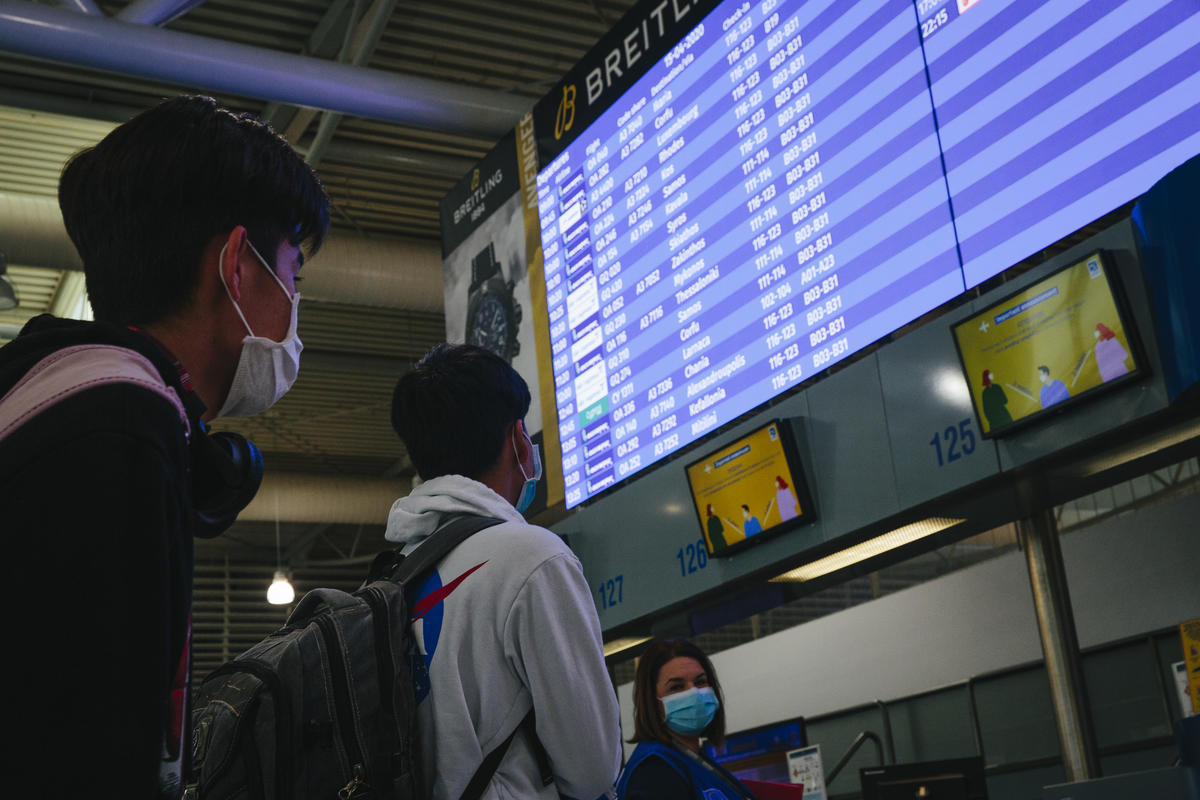UNHCR starts moving vulnerable displaced Congolese to safer area
UNHCR starts moving vulnerable displaced Congolese to safer area

GOMA, Democratic Republic of the Congo, November 28 (UNHCR) - The UN refugee agency on Friday began moving internally displaced civilians from camps near a military frontline in Democratic Republic of the Congo's (DRC) North Kivu province to another in a much safer area.
A first convoy rolled out of Kibati I camp, located on the northern outskirts of the provincial capital Goma, on Friday morning with 28 highly vulnerable individuals. It took them to the Mugunga I site west of Goma, but the plan is to move up to 30,000 internally displaced people (IDPs) from the two Kibati camps to the new Mugunga III, which has almost been completed.
The Kibati camps are too close to the frontline between government troops and soldiers loyal to the renegade commander, Laurent Nkunda. Fighting between the two sides since August has displaced some 250,000 people in North Kivu province, including the 67,000 IDPs now in Kibati.
The first convoy included people with special needs such as those with physical disabilities, chronic illnesses, pregnant women and the elderly. They also took along their belongings. UNHCR hopes to have transferred some 1,000 people to Mugunga I by the beginning of next week.
All of the transfers will be accompanied by an ambulance with a medical team. UNHCR staff, together with local officials and other aid workers, will receive the arriving IDP families at Mugunga I, where shelter, assistance and other basic services will be provided.
They will be joining another 25,000 IDPs, who have been there since 2006. The site has potable water, latrines, a health centre and a distribution point for food and relief items. UNHCR will step up the transfer operation once Mugunga III is ready for occupation. "Everything has its starting point," noted Ibrahima Coly, head of the UNHCR office in Goma. "From today's experience, we can plan better," he added.
Construction work is continuing at Mugunga III, but the new site is expected to be ready in the next few days. The most vulnerable families in Kibati will be moved by vehicle, but most people will have to go by foot. The move is completely voluntary.
Fighting in North Kivu intensified at the end of 2006. By January 2008, it had brought the total number of IDPs in the region to more than 800,000. Since the fighting resumed in August, some 250,000 civilians have fled, many of them already displaced. Some 27,000 Congolese have fled to neighbouring Uganda in the same period.
By David Nthengwe in Goma, Democratic Republic of the Congo

